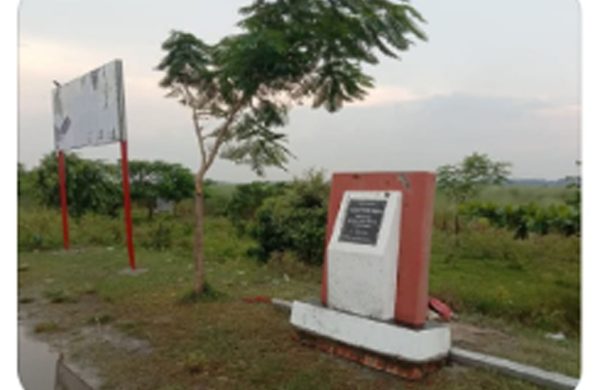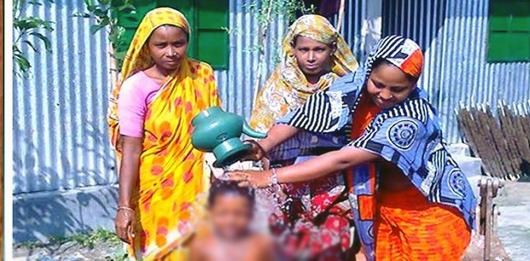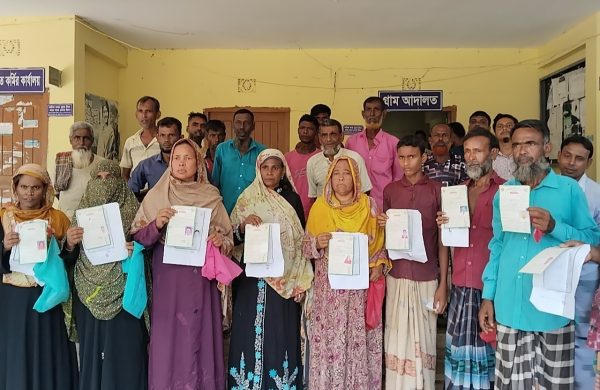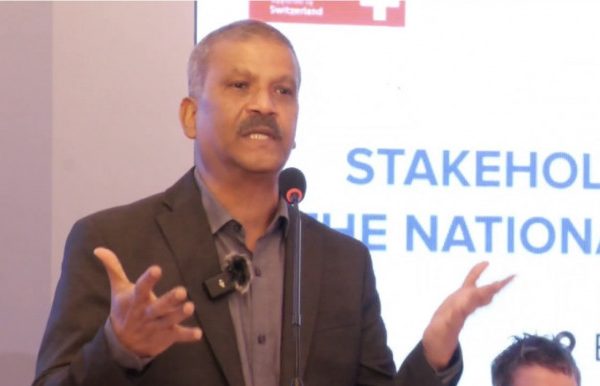Speakers stress need for special policy to rehabilitate displaced people
- Update Time : Wednesday, July 23, 2025
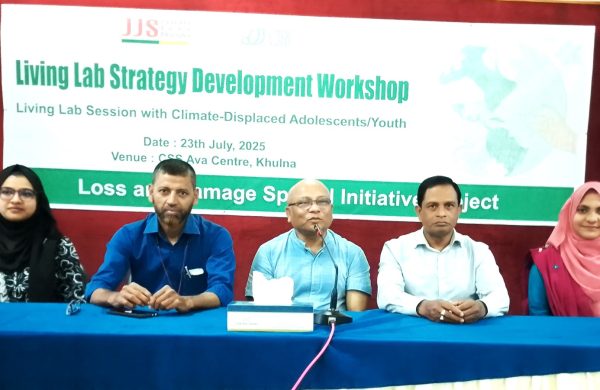
Khulna Bureau:
Speakers at a workshop on Wednesday (July 23) said, south-western part of Bangladesh is one of the disaster prone zones of the globe owing to its geographical location as well as natural reasons. Due to climate change, the frequency and intensity of disasters are on the rise, putting the lives and livelihood under threat. A large number of people are becoming ultra poor due to disaster and climate change impact every year.
They opined that the issue of climate-induced displaced people deserves special policy options at regional, national and international level and support to ensure their relocation and rehabilitation.
Jagrata Juba Shangha (JJS) arranged the workshop at CSS Ava Center under Sadar thana in Khulna city title “Living lab strategy development workshop for adolescents and youth” with the theme `Climate migration challenges and opportunities for coastal youth’. Executive Director of JJS ATM Zakir Hossain presided over the function. Khulna District Correspondent of `The Daily Sun’ Gazi Moniruzzaman and Khulna Bureau Chief of `Kaler Kantho’ HM Alauddin were present as special guests. Mentor of loss and damage special innitiative project Md Fariduzzaman delivered the address of welcome.
The speakers said that the number of seasonal or temporarily migrated population will be increased from 10 percent to 20 percent in the country. Bangladesh hardly has ability to manage the climate-induced displaced population because of high density of population. They recommended an internal displacement policy for Bangladesh, which will help pursue relocations and rehabilitations policy measures at international and UN level.
Speakers said climate change had left an adverse impact on the coastal belt of the country where storms, cyclones, tidal surges, droughts, river erosion and water-logging are now common. They referred to several strong storms that have already battered the coastal area, like Sidr on November 15, 2007 and Aila on May 25, 2009.
Further threats arise from global climate change, especially sea level rise along with its salinity, which has already caused death to many big trees of the largest mangrove forest Sundarbans, they added.


